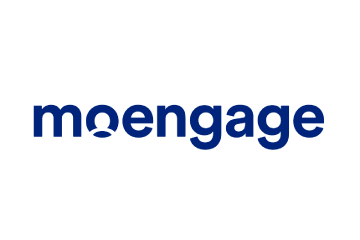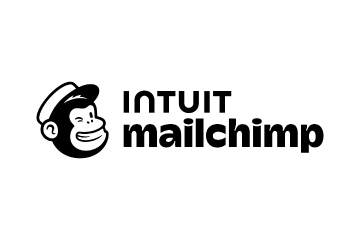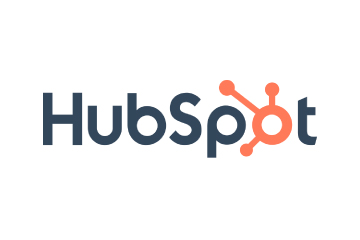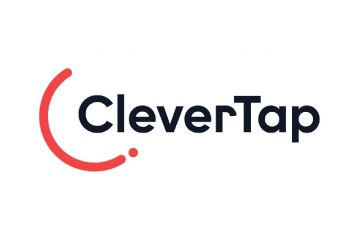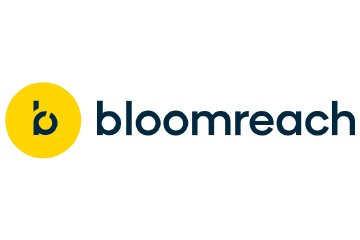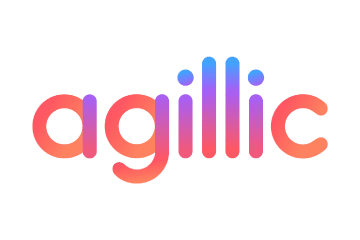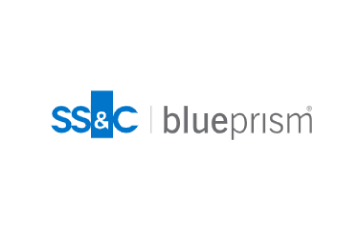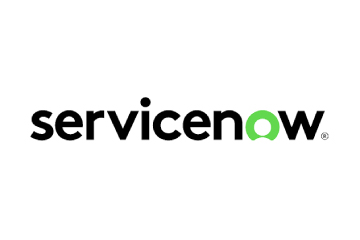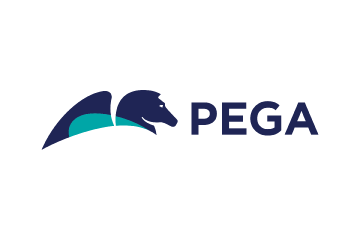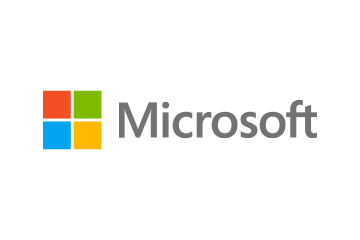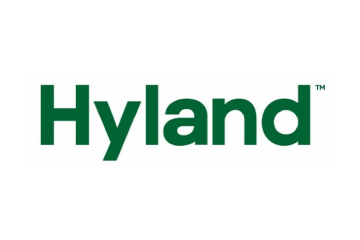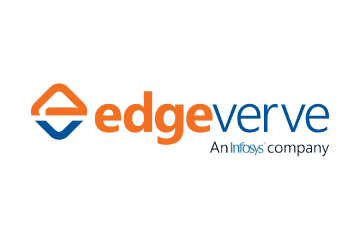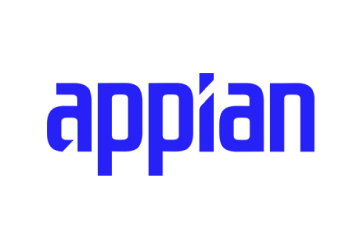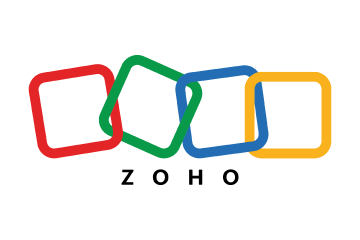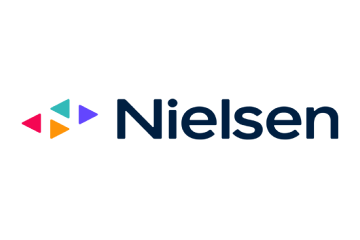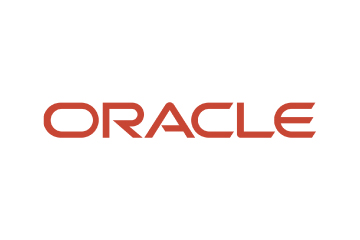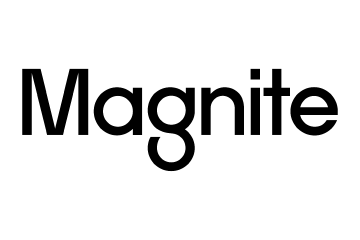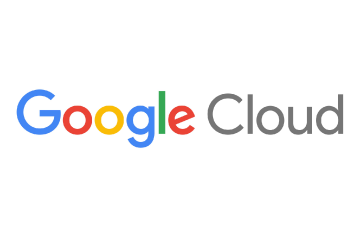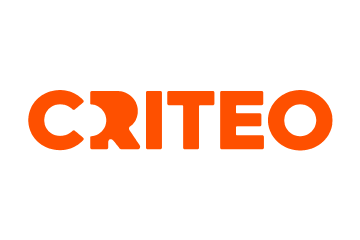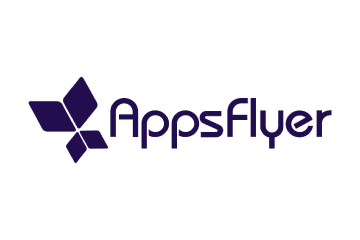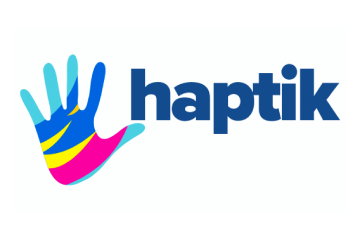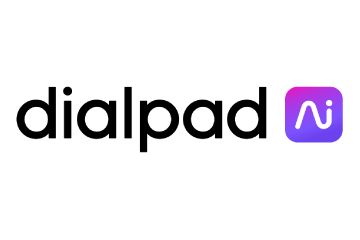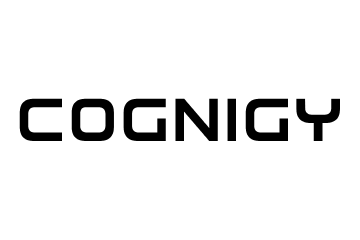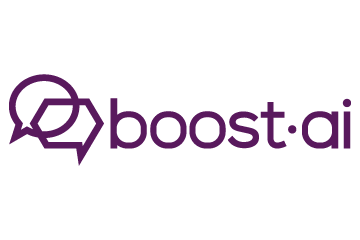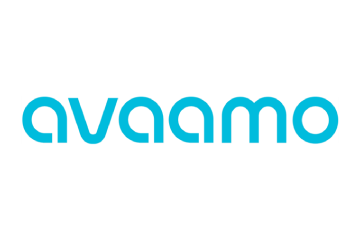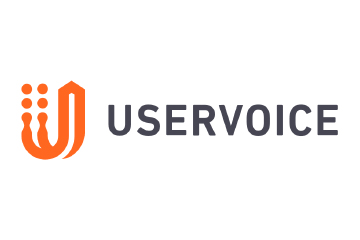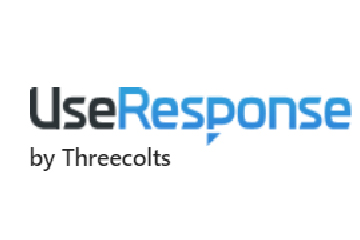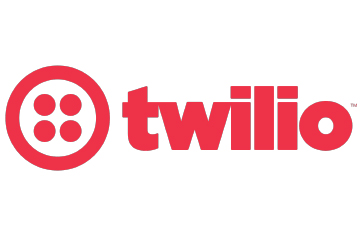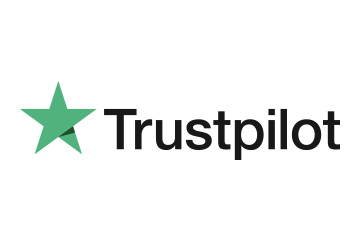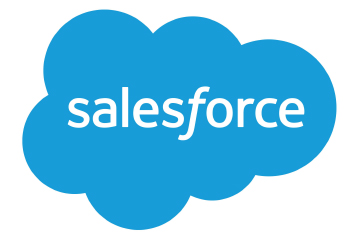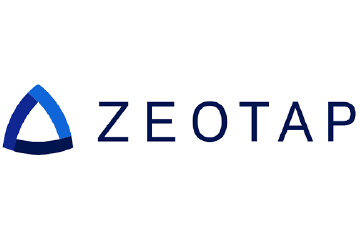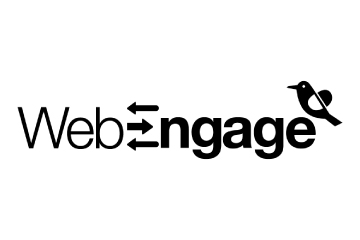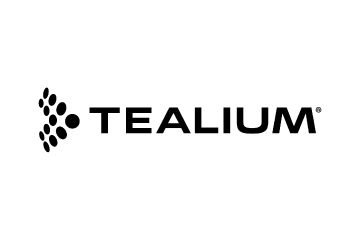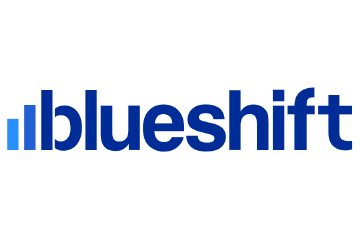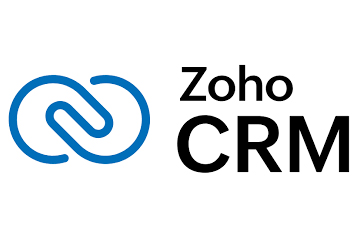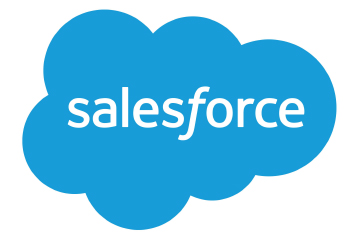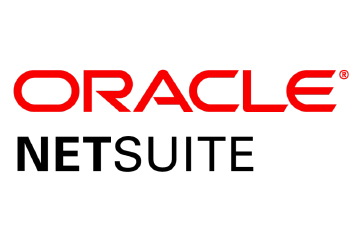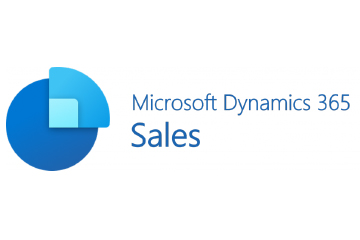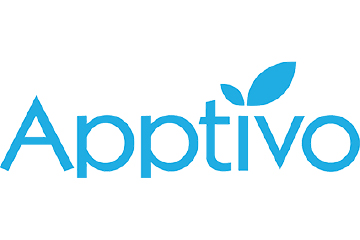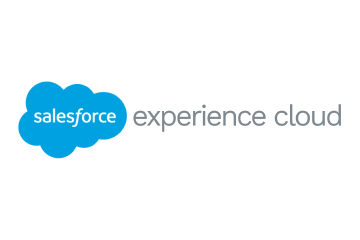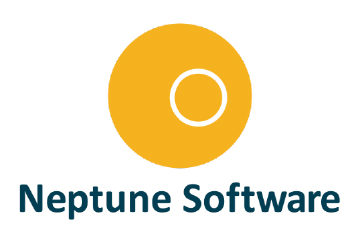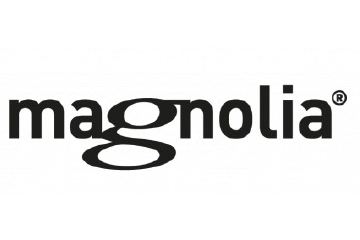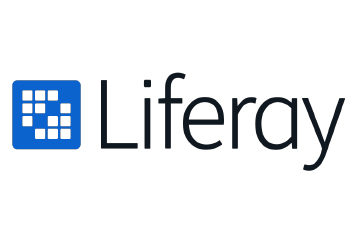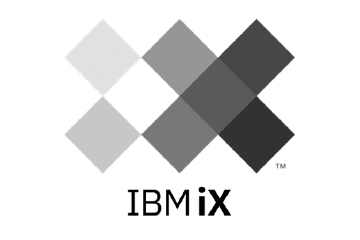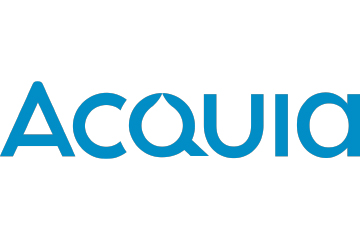We Need Loyalty Strategies that Evolve in Real-Time
Jeff Zotara, Chief Marketing Officer at arrivia discusses the state of loyalty and how technology can make a difference.
What to Read Next
- Untapped Growth Partners with FreeWheel to Expand Premium CTV Access
- Pattern Announces Acquisition of ROI Hunter
- MNTN Integrates with Northbeam to Improve CTV Performance Measurement
- Guideline Launches Customizable AI Agent Dashboards
- Gradial Raises $35M to Expand Enterprise Marketing Through AI Agents

Consumer expectations shift almost as quickly as technology evolves. Static loyalty programs no longer cut it. Today’s customers—especially digitally savvy Gen Z—demand more than just points or discounts; they crave personalised, real-time rewards that reflect their values, such as sustainability and authentic experiences.
“With personalisation and the technology powering it, I think that the idea of ‘changing tracks’ may soon become outdated. With advances in personalisation technology, we will be continually fine-tuning offers and strategies to align with individual preferences, making the consumer journey more dynamic and ever-evolving rather than requiring periodic overhauls,” says Jeff Zotara, Chief Marketing Officer at arrivia.
Jeff is a marketing leader with over 20 years of experience driving growth through data-driven personalisation, AI, and machine learning. As Chief Marketing Officer, he specialises in customer acquisition, engagement, and retention, leveraging big data to create impactful customer experiences. Jeff also fosters strong corporate culture, leading global teams across nine countries.
He talks to Martechvibe about the state of loyalty in the industry today. He dives into how brands can harness the power of AI and big data to create dynamic loyalty strategies that adapt instantly to individual preferences; and more.
Excerpts from the interview:
1. With Gen Z valuing sustainability and authenticity, how can loyalty programs integrate these principles without alienating other demographics?
Value in loyalty programs isn’t one-size-fits-all. While it’s commonly associated with discounts or savings, it also includes perks like upgrades and for Gen Z, rewards that reflect their commitment to sustainability and unique, experience-driven experiences like exclusive events.
To cater to this demand, marketing and loyalty managers should focus on building diverse rewards portfolios and utilise the power of AI to deliver those rewards to the right person, at the right time. While Gen Z overall values sustainability, they aren’t a monolith — neither are Millennials, Gen X or Boomers — and we shouldn’t treat them as such. Instead, loyalty providers must use data collected across multiple touchpoints to craft personalised engagement strategies that appeal to individual values, improving the relevancy of the loyalty program in their eyes.
To maintain authenticity, loyalty programs must be transparent about their practices and rewards. For instance, if a loyalty provider offers sustainable accommodations on its platform, it can leverage hotels’ sustainability certificates to appeal to eco-conscious members and provide assurance that they are actively supporting responsible environmental practices. Or, if they want to offer experiences through their platform to a travel destination, they can partner with a local influencer to curate these experiences, therefore adding credibility and authenticity to the benefit. While these initiatives may not appeal to everyone, a sophisticated personalisation strategy ensures that the right opportunities are presented to the most interested consumers, reducing the risk of alienating any group.
2. Given Gen Z’s preference for non-travel redemptions and real-time add-ons, how can travel brands expand their offerings to meet these expectations?
Modern travel loyalty technology is the key to meeting Gen Z’s expectations. Travel brands that want to engage Gen Z should be looking for partners that can provide them with a wide array of redemption options across diverse suppliers and a robust technology platform that enables a seamless omnichannel experience. For instance, brands that can update members’ points and status in real-time, can also offer real-time add-ons such as room upgrades or free Wi-Fi when members check in to their hotel via their loyalty app. This type of instantaneous reward is crucial to resonate with a generation that grew up during an era of same-day delivery.
Partnering with a travel loyal provider can also help travel brands increase members’ earning opportunities, which is vital to engaging Gen Z who, research shows, are less likely to enrol in airline loyalty programs than older generations due to inconsistent travel behaviour. A travel loyalty platform with a flexible structure that allows members to earn points across different vendors and for different behaviours (as opposed to just travel), will help them earn faster, thereby encouraging higher redemption rates and improving the program’s value.
3. What would you recommend to brands to strengthen their loyalty strategies?
The worst thing a loyalty provider could do — aside from not providing members with the value they are looking for— is create a forgettable ecosystem. With nearly 45% of Americans only traveling once or twice per year, travel loyalty brands need to find ways to engage their members in between.
Providing a mobile-friendly or app-based experience that is easy to use and includes real-time updates, as well as gamification, can help loyalty brands stay top of mind, particularly for tech-savvy Gen Z and millennials.
4. How can travel brands use data from loyalty programs to anticipate and respond to generational trends more effectively?
This won’t come as much of a surprise, but the answer is AI. Loyalty programs, particularly well-established ones, have access to years – sometimes decades – of valuable data. AI can process that data at lightning speed, creating detailed profiles of members including their preferences, behaviours, and booking history. It can analyse historical and current data from multiple sources to predict short and-long-term trends, identifying ways that loyalty strategies can be adapted to help brands effectively meet their goals. That’s simply something that we haven’t been able to do before and when it comes to loyalty programs, brands that leverage this technology now will be best positioned for the future.
ALSO READ: How will Travel Loyalty Programmes Evolve in 2025?
5. What are your thoughts on Gen Alpha? Will this generation bring about another change of track in five years?
Gen Alpha will demand even more from brands when it comes to the digital experience. As true digital natives, they have never known life without the internet, smartphones, or touchscreens, they will naturally gravitate toward brands that seamlessly speak their tech-savvy language. That could mean adapting loyalty strategies space like the metaverse or crafting hyper-interactive digital experiences.
However, with personalisation and the technology powering it, I think that the idea of ‘changing tracks’ may soon become outdated. With advances in personalisation technology, we will be continually fine-tuning offers and strategies to align with individual preferences, making the consumer journey more dynamic and ever-evolving rather than requiring periodic overhauls.
6. What does “Silent Loyalty” mean to you? What metrics or indicators can travel brands use to identify and measure silent loyalty in their customer base?
“Silent Loyalty” refers to customers who consistently purchase from a brand without publicly endorsing or advocating for it. These individuals may prefer to keep their brand preferences private, often due to personal values or perceptions. Despite their lack of vocal support, they remain reliable and consistent patrons.
To identify and measure silent loyalty within their customer base, travel brands can monitor several key metrics:
1. Repeat Purchase Rate (RPR): This metric calculates the percentage of customers who make multiple bookings or purchases over a specific period. A high RPR indicates a strong base of returning customers, which may include silently loyal individuals.
2. Customer Lifetime Value (CLV): CLV measures the total revenue a brand can expect from a single customer throughout their entire relationship. Elevated CLV suggests that customers are consistently choosing the brand for their travel needs, even if they aren’t vocal about their loyalty.
3. Customer Retention Rate: This indicates the percentage of customers who continue to engage with the brand over a set period. A high retention rate can be a sign of silent loyalty, as customers consistently return without necessarily promoting the brand publicly.
4. Engagement with Loyalty Programs: Monitoring participation in loyalty programs can provide insights into silent loyalty. Customers who regularly accrue and redeem points or benefits are demonstrating loyalty through their actions, even if they aren’t vocal advocates.
By analysing these metrics, travel brands can gain a clearer understanding of their silently loyal customers and tailor strategies to nurture and retain this valuable segment.
ALSO READ: The CX Problem Nobody Talks About—and How to Fix It










